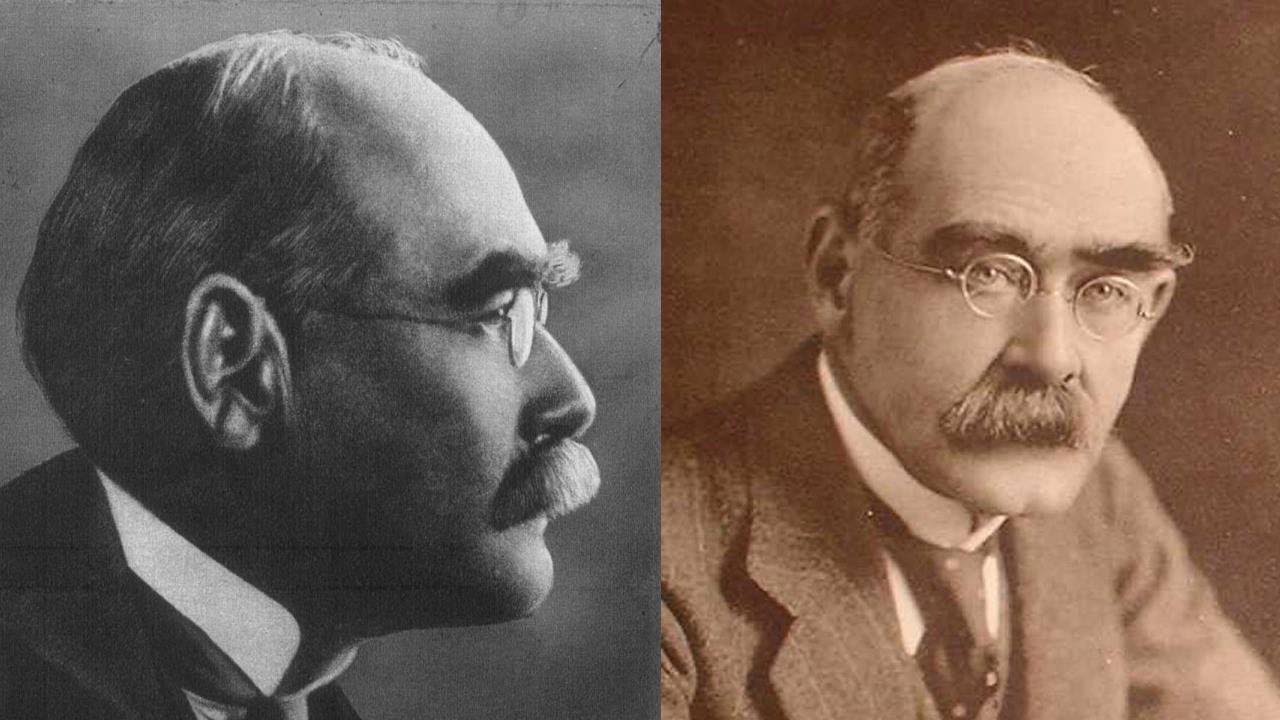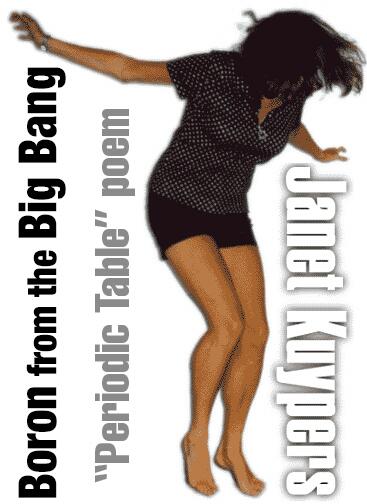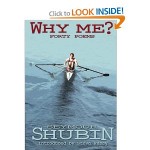A UNE JEUNE APHRODITE DE MARBRE
Prologue
C’était il y a dix ans : ou ce marbre ou ta vue…
Tête blonde étudiant aussi l’agrégation,
Tu me troublas. Seuls des mots ourlés d’émotions
Attardèrent tes traits, durant des mois diffus,
En mon ambre mémoire. Où je te revois mieux
En cette Aphrodite capitoline aimée
Qui s’impose à mon art, qui coiffe mes sonnets,
Emprunte ton visage et l’approche des dieux.
Transposant en l’IPhone aventure ténue,
Ces vers entre âge mûr et ta jeune étincelle
Où j’invente piano, amant et entrevues,
Il me faut te chanter sans prénom retenu.
Marbre si pur du temps et Muse fictionnelle,
Où est la faille abrupte ? Au langage, au réel ?
*
Thierry Guinhut
***
To a young marble Aphrodite
Prologue
It was ten years ago: either this marble or your sight …
Fair head also studying the agrégation,
You moved me. Only emotion hemmed words
Lingered your features, during diffuse months,
Within my amber memory. Where I see you better
In this beloved Capitoline Aphrodite
Who enforces my art, who covers my sonnets,
Borrow your face and approach it to the gods.
Transposing in the iPhone a tenuous adventure,
These verses between middle age and your young spark,
Where I invent piano, lover and encounters,
I must celebrate you without remembered name.
Marble so pure of time and fictional Muse,
Where is the steep fault? In language, in reality?
*
Jo-Elle
***
I.
L’ossature sensible aux tempes et au front,
Le crâne si mortel sous la diaphane peau,
Le regard hirondelle ont la pudeur du beau :
Caresser l’idéal, mes respects le sauront.
Praxitèlienne icône en blondeur incarnée,
Où charmer l’impossible, où les Moires calmer,
Pulpe d’ardeur sensuelle, hellénistique don,
Constante cosmologique et joie sans affront…
Or saurais-je, enthousiaste, à la sculpture absente,
Immobile, des seins, leur tendresse et frisson,
Mieux offrir que grise esquisse pour vie décente ?
Au souffle d’intellect, à ce marbre plastique,
J’offre Amour distillé, sa promesse lyrique :
Pour l’ourlet de ta lèvre et l’esprit de ton front.
*
Thierry Guinhut
***
I.
The sensible frame at the temples and forehead,
The skull so deadly under diaphanous skin,
The swallow-like gaze have beauty’s modesty:
An ideal to caress, my respects will know how to.
Praxitelian icon in fairness embodied,
Where to charm the impossible, where to calm the Fates,
Pulp of sensual ardour, hellenistic gift,
Cosmological constant and joy without affront…
But could I enthusiastically to the missing sculpture,
Still, of breasts’ tenderness and quiver,
Offer better than grey sketch of decent life?
To the breath of intellect, to this plastic marble,
I offer distilled Love, its lyrical promise :
For the hem of your lips and the spirit of your forehead.
*
Jo-Elle
***
Thierry Guinhut, born in Poitiers, France, in 1956, is an art and literary critic, who has frequently contributed to the journals Art Press, Calamar, La République des Lettres, La Revue des Deux Mondes, Encres Vagabondes and Edelweiss. Lately, his articles researching literature in foreign languages have appeared in Le Matricule des Anges, Europe and L’Atelier du roman. He has also exhibited his photography of the ponds of la Brenne and la Montagne Noire (The Black Mountain), and has held vernissages of his paintings and collages he calls “geographical triptychs”. His photograph, Le Marais poitevin (The Poitiers Marsh), well received by the press, was acclaimed winner of le Grand prix Hippolyte Bayard de Photographie 1991 (The Hippolyte Bayard Grand Prize in Photography 1991), earning him his place among the 70 modern Masters of Right Brain Left Brain Photography (Amphoto, New York, 1994). As a prose writer, he is working on a huge “polymorphous” novel, La République des rêves (The Republic of Dreams), and another novel, Les Métamorphoses de Vivant (The Metamorphoses of one’s Life), which is a mixture of fantasy, social criticism and philosophical dialogue. We are publishing a few of his lovely sonnets in his series, À une jeune Aphrodite de marbre (To a Young Aphrodite in Marble) from his anthology, Muses Academy, TBP. For more information, visit his blog,
http://www.thierry-guinhut-litteratures.com/
https://www.artvilla.com/plt/a-une-jeune-aphrodite-de-marbre-sonnet-cxci-poem-thierry-guinhut/
http://www.thierry-guinhut-litteratures.com/article-to-a-young-marble-aphrodite-119381338.html
***
Jo-Elle (re-)discovered writing very recently, when an accident put her professional career on hold for two months. She has been writing poems since, mostly to learn English as a member of AllPoetry.com, but her best poems are in her mother tongue.
An analytical mind and an eternal learner, she writes about any subject, from nature to the human condition, which she observes from a detached point of view, and even more so when the subject is close to her heart.





